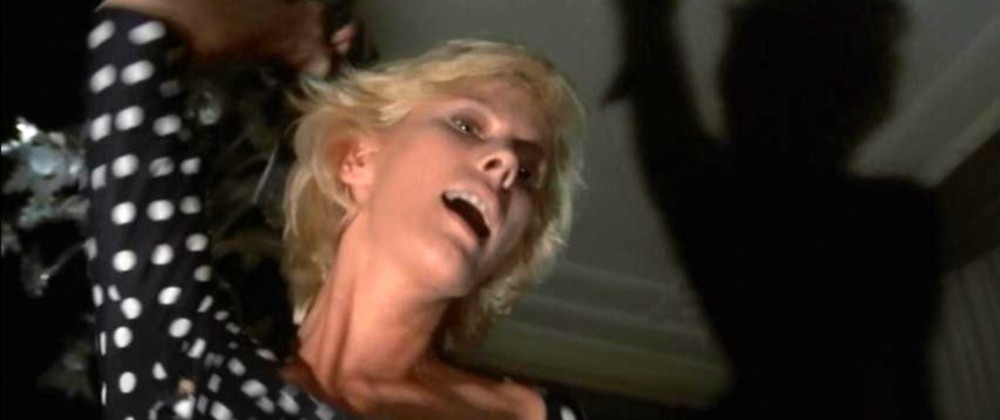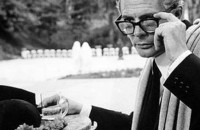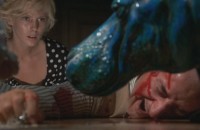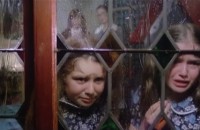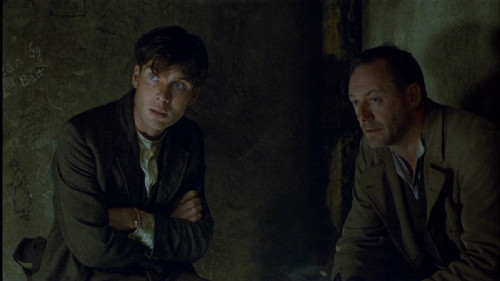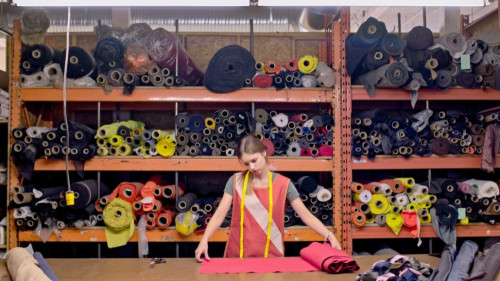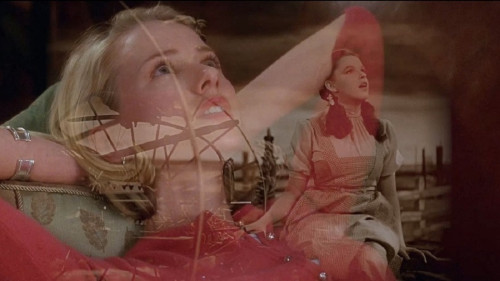Volume 15, Issue 12 / December 2011
The Italian Filone Part 2
In this issue
In this follow-up issue to last month’s special on the Italian filone, we continue our examination by concentrating on some lesser known Italian directors who plied their trade, ostensibly, in the world of popular cinema, the filone. Although I needed very little encouragement, the idea for this particular issue on more “obscure” Italian directors came from Roberto Curti. And the issue is largely a “one-man” show, with Curti contributing four of the five essays. The germ of the idea came from exchanges between us starting about two years ago, so it has taken some time for the pieces to fall together, time which was well-taken by Curti to continually revise his articles with new research. The wait was long but well worth it, as I feel this issue represents some groundbreaking writing in English on popular Italian cinema. The impetus for the issue came from our desire to “expand” the hierarchy of directors known to fans of the Italian filone, who will be familiar with the names Riccardo Freda, Mario Bava, Dario Argento, Sergio Martino, Michele Soavi, Umberto Lenzi, Pupi Avati, Sergio Leone, and Lucio Fulci, but most likely not with the directors examined here: Francesco Barilli, Marcello Aliprandi, Brunello Rondi, and Warren D. Keifer. Yes I know, the latter name doesn’t sound Italian, but you’ll have to read Curti’s career overview of this fascinating character, whose life history was (or should that be is?) as mysterious as the novels he wrote in and around his film career. In fact, eccentricity or unconventionality is a common theme across each of the four directors/filmmakers studied here, not so much in their biographical detail (although that too is fascinating in some cases) but in the way each of the director’s made films that did not “sit” comfortably in the lexicon of the Italian filone, due to personal and art-cinema tendencies. Although the decision to base our issue on “directors” may seem auteurist, the reality of Curti’s work challenges ‘old school’ auteurism by placing a major emphasis on industrial practices (the vibrant and volatile Italian film industry of the 1960s and 1970s), production history practices and the collaborative process of filmmaking. This comes through especially in Curti’s overview of Brunello Rondi, who will be known to Italian cinema scholars as one of Federico Fellini’s longest standing collaborators. For most of my readers there will be a lot to discover in this issue. And for that, I am indebted to Curti. (Donato Totaro, ed.)

